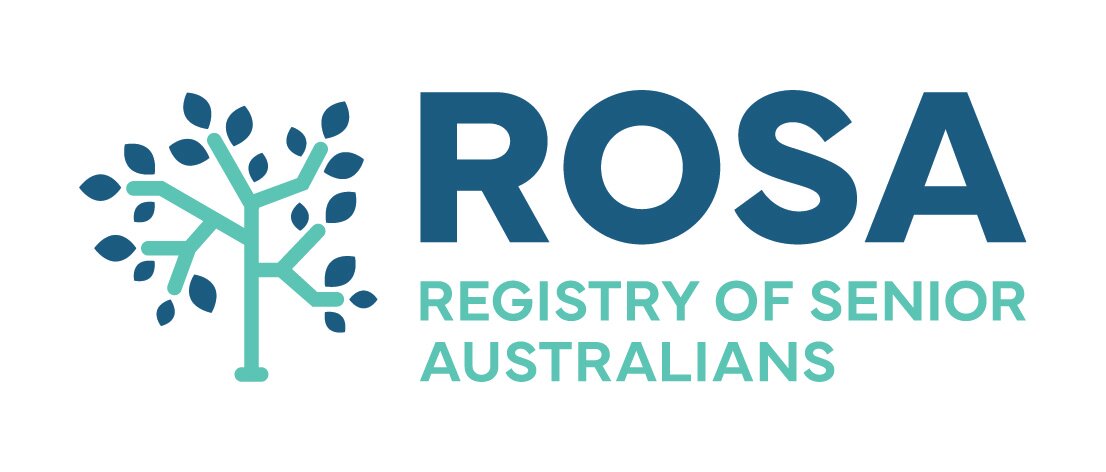Aged care providers nationwide will have the opportunity to volunteer to be involved in a nationwide aged care quality indicators pilot trial, set to commence in January 2022.
A national consortium including SAHMRI’s Registry of Senior Australians (ROSA), the University of Queensland and PricewaterhouseCoopers (PwC), is set to launch a nationwide pilot to trial new quality indicators in aged care.
The pilot, an opportunity for residential aged care services to demonstrate their commitment to quality improvement, will be conducted in January 22, but is inviting expressions of interest from providers now and until November 26.
Associate professor Gillian Caughey, pharmacoepidemiologist and associate director of ROSA, says the six-week-long pilot will support expansion of the National Aged Care Mandatory Quality Indicator Program (QI Program) to include additional quality of care measures and a quality-of-life tool for those living in residential aged care.
“This is a major step forward that’s indicative of the collective recognition that older people in our society need and deserve a higher standard of care and quality of life.”
Existing indicators in residential aged care relate to incidence rates of five indicators: pressure injury, physical restraint, unplanned weight loss, falls/major injury and medication management.
The trial will look at developing quality indicators for home care, as well as a subjective quality of life assessment tool, which will gather survey data from residents themselves.
Caughey tells Aged Care News that the quality-of-life assessment tool will comprise a short series of questions, adaptable even to those living with dementia or other forms of mild-moderate cognitive impairment.
“We can then use that to give a score and then essentially rate people in terms of whether they have good quality of life or a poor quality of life,” Caughey notes.
“The fact that we’re having the consumer voice as part of this quality indicator program is something that is important moving forward for Australia.”
Caughey adds that the new system must not simply measure each indicator in its own right, but note how they interconnect.
An overemphasis on one metric, for example, falls prevention, must not result in deprivation to mobility and independence.
“What we need to move toward is a comprehensive quality indicator program that actually captures all those key domains, and we know that many of those are interrelated,” Caughey says.
In fact, previous research by Flinders University’s Caring Futures Institute found that factors such as staying mobile, maintaining social connections and retention of independence and topped residents’ personal wellbeing priorities.
This pilot will aim to assess whether the current metrics are comprehensive enough and inform the creation of additional measures where necessary.
The evidence review, consultation and trial process are being funded and overseen by the Department of Health.
However, Caughey says that these evaluation tools are not punitive in nature, with results being delivered for the sake of internal benchmarking and quality control as opposed to regulatory compliance.
“The aim of the program isn’t to be punitive, it’s to provide aged care providers with the opportunity and ability to measure and monitor their performance against these key indicators of safety and quality of care,” she says.
“The reports are provided to aged care providers about their rates,and measured against state and national averages so they can see where they fall… and ideally these data can be used for continuous quality improvement.”
The National Aged Care Mandatory Quality Indicator Program (QI Program) started on July 1, 2019. It requires Commonwealth-subsidised residential aged care services to collect data and report on a set of quality indicators every three months.
Reports on the quality indicators are published quarterly and annually on the GEN Aged Care Data website by the Australian Institute of Health and Welfare (AIHW).
The data is ‘deidentified’, meaning that results pertaining to specific facilities are unavailable to the general public.
The full press release is available to read here.
